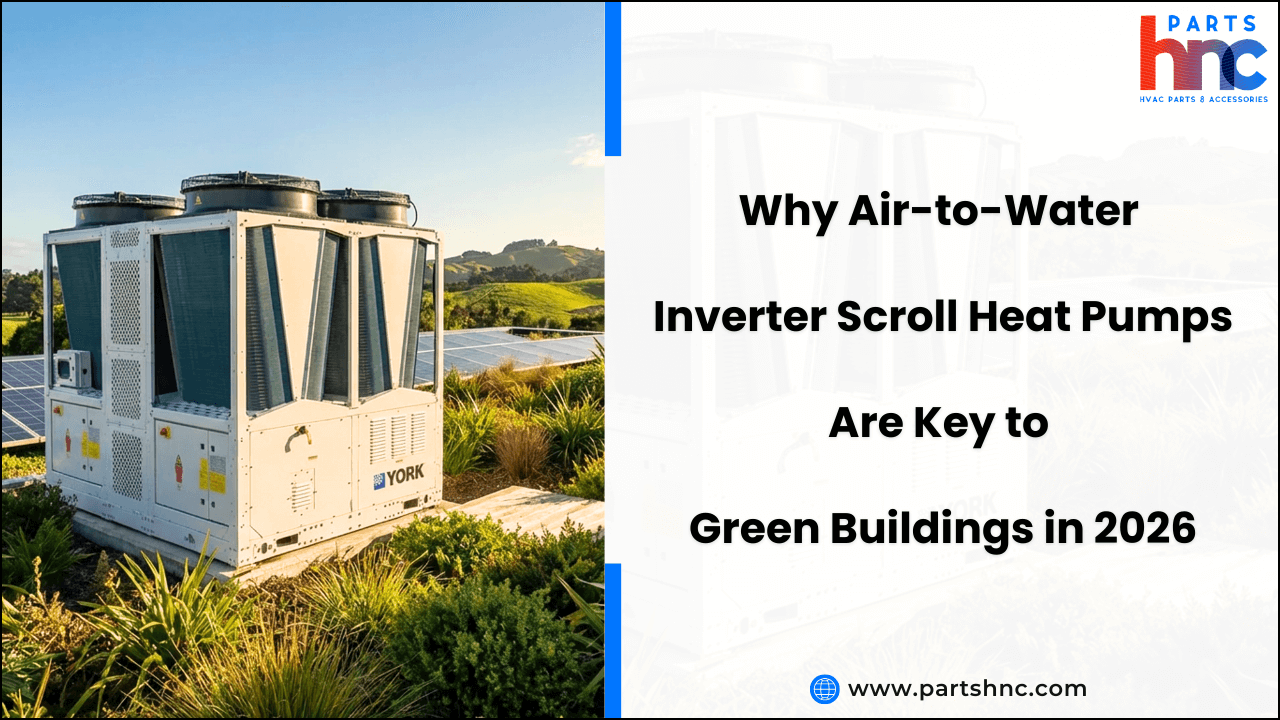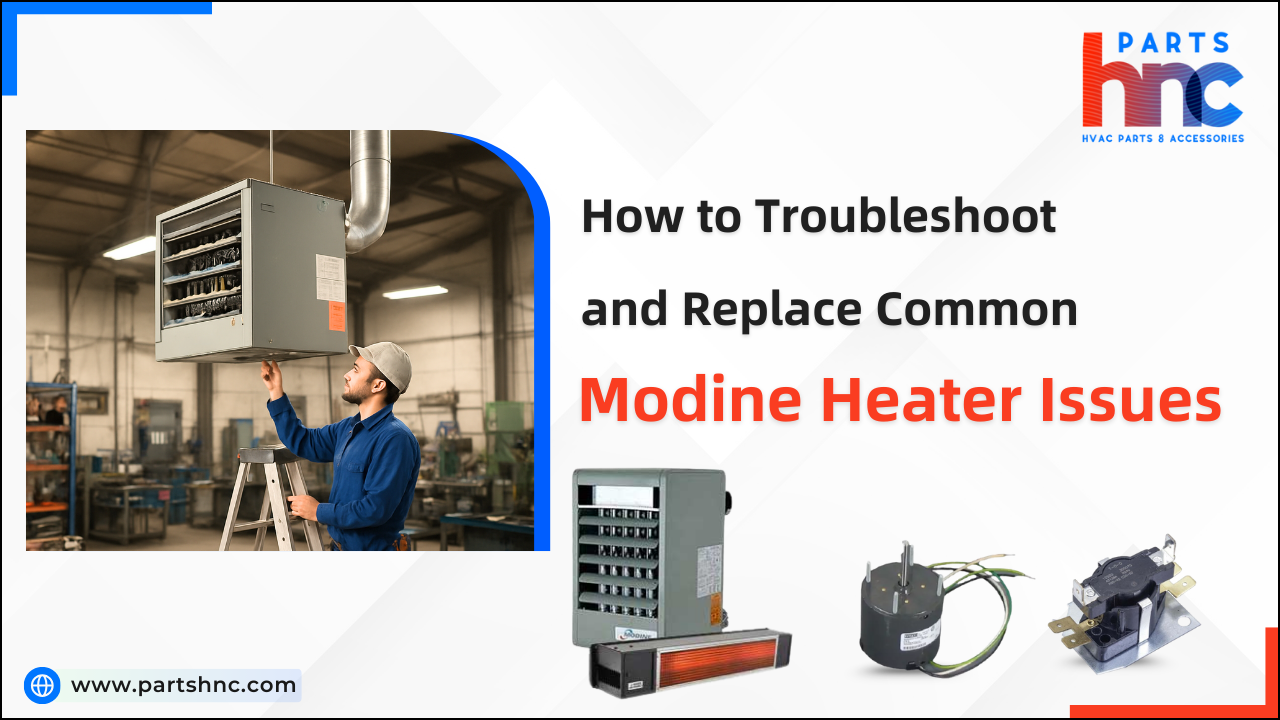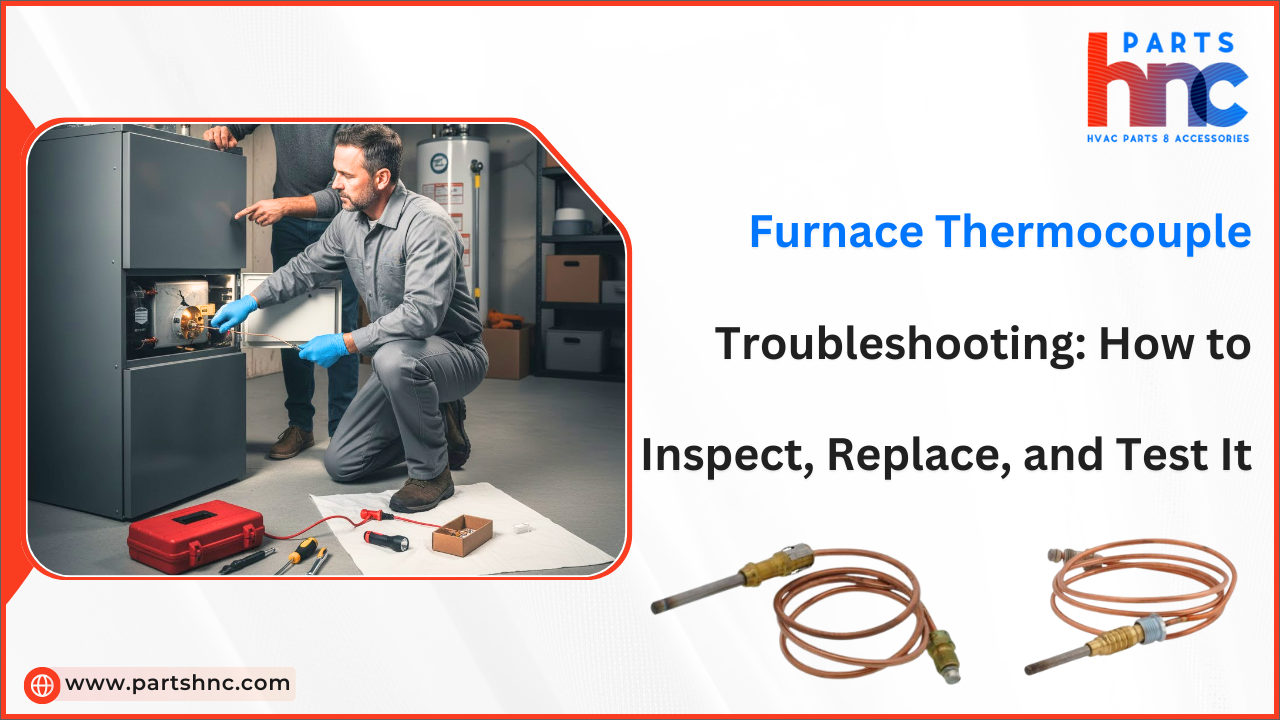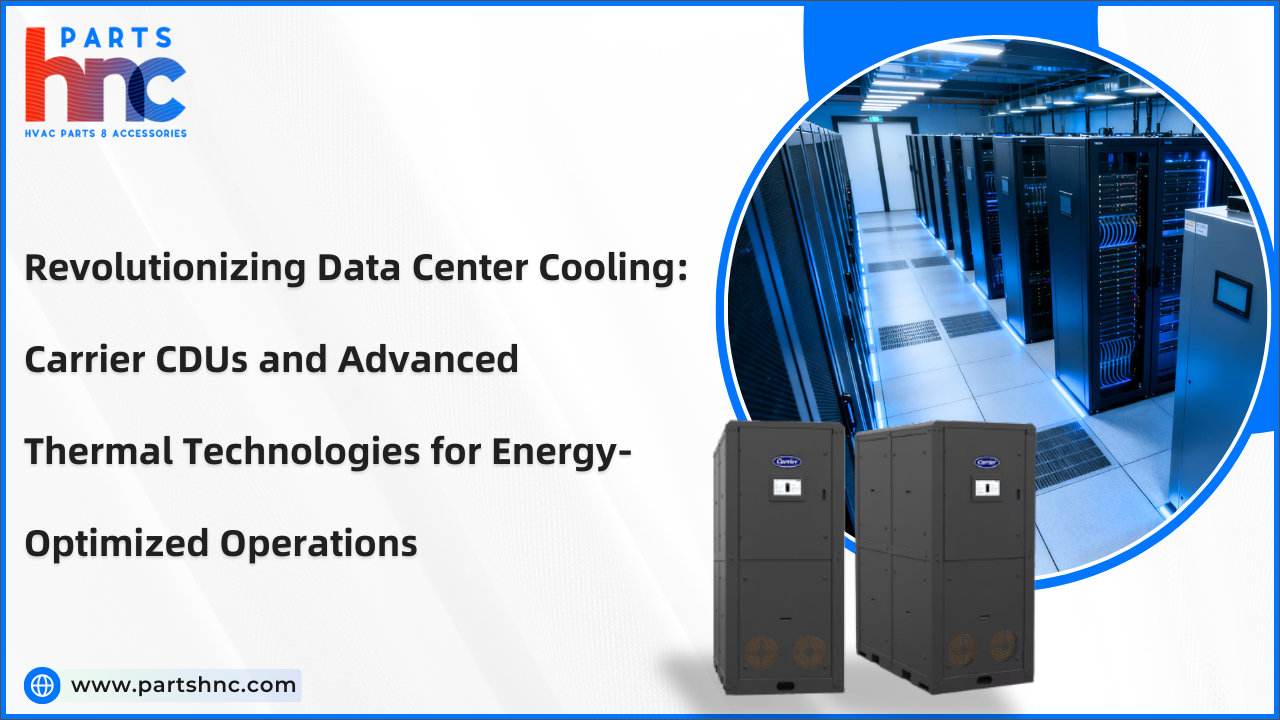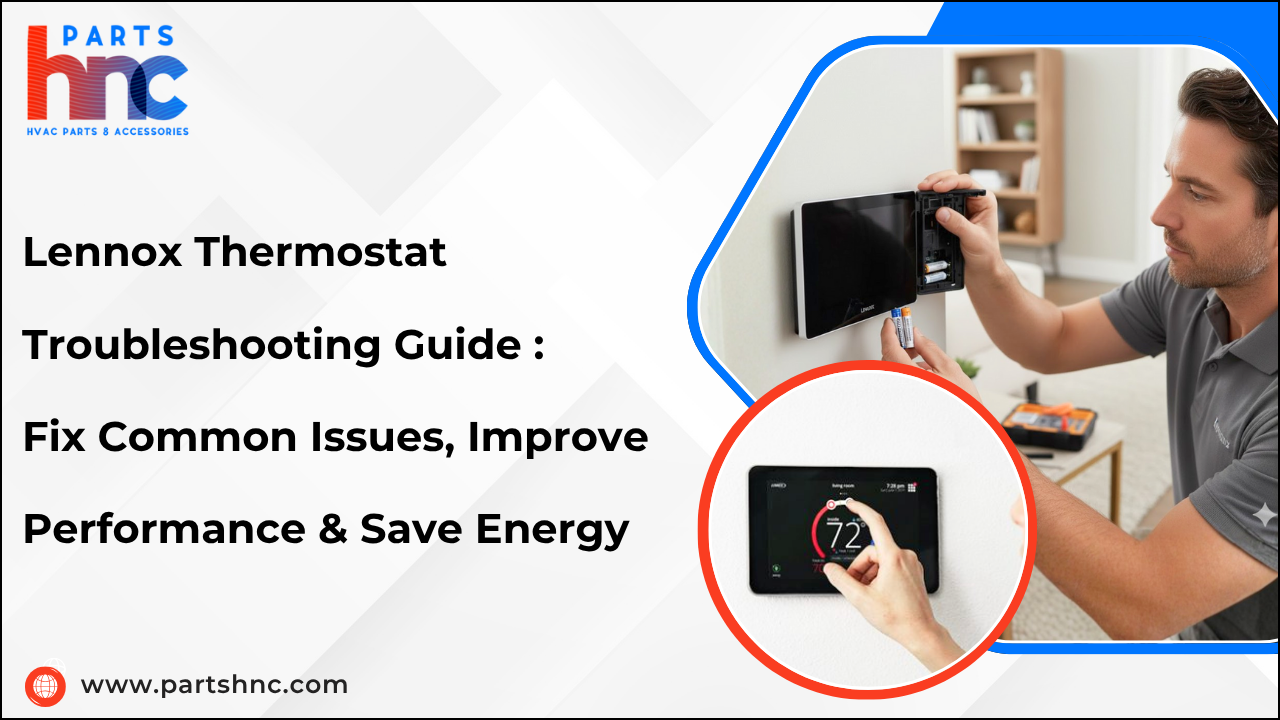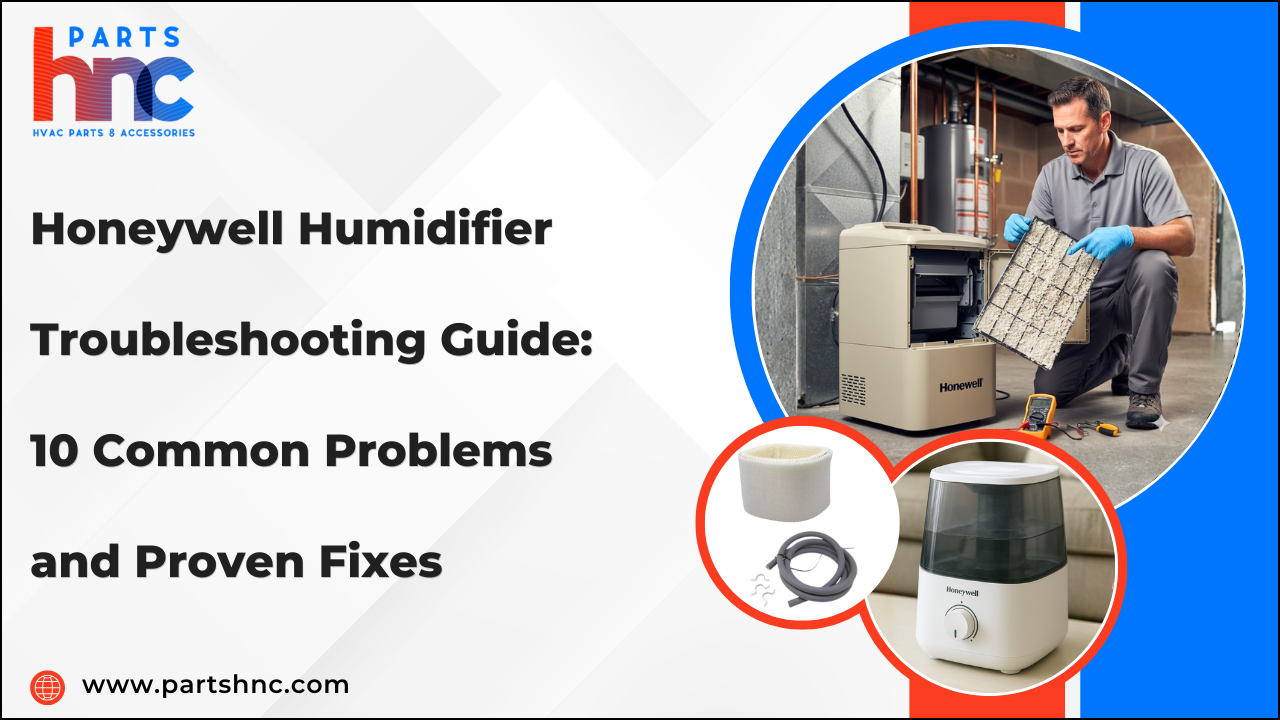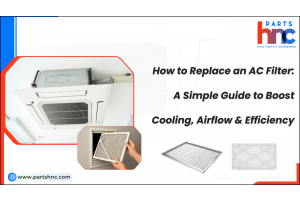A Goodman furnace is reliable and efficient, but over time, its heat exchanger can wear out. This component moves heat from the combustion chamber into your home's airflow while preventing harmful gases, such as carbon monoxide, from entering. A damaged heat exchanger poses serious safety risks, making it crucial to know when and how to replace it to maintain safe, efficient heating.
Replacing a Goodman heat exchanger may appear daunting, but with the proper tools, understanding, and safety measures, it can be done successfully. While some homeowners attempt DIY replacements, hiring a licensed HVAC technician is often recommended for gas-fired systems. This guide covers key steps, safety measures, and common pitfalls to ensure your furnace runs safely and efficiently.
Table of Contents:Understanding the Role of a Heat Exchanger in Goodman FurnacesWarning Signs That Indicate a Goodman Heat Exchanger Replacement Is NeededSafety Precautions and Tools Required Before Replacing the Heat ExchangerStep-by-Step...
- As the construction industry accelerates toward net-zero goals, energy-efficient HVAC systems are becoming essential to sustainable building design. Air-to-water inverter scroll heat pumps are emerging as a leading solution in 2026, offering a reliable way to reduce carbon emissions while meeting modern comfort demands. Their ability to provide both heating and cooling with high efficiency makes them ideal for residential, commercial, and mixed-use green buildings. These advanced heat pumps use inverter-driven scroll compressors to precisely match energy output with real-time demand. This results in lower energy consumption, reduced operating costs, and seamless integration with renewable energy sources such as solar and smart grids, supporting long-term sustainability goals. Table of Contents:What Is an Air-to-Water Inverter Scroll Heat Pump?How Inverter Scroll Technology Improves Heat Pump EfficiencyWhy Air-to-Water Heat Pumps Are Essential for Green BuildingsKey Benefits of Air-to-Water...Read morePosted: December 15, 2025
- In today’s fast-paced world, comfort and energy efficiency at home have become top priorities. Homeowners in New Lenox, USA, are turning to next-generation HVAC solutions to achieve both. Smart thermostats and advanced zoning systems are revolutionizing indoor climate control, allowing precise temperature adjustments for every room while optimizing energy usage. These innovative technologies enable homeowners to set custom schedules, control temperatures remotely, and reduce overall energy costs. By integrating smart HVAC systems, New Lenox, USA residents can enjoy enhanced comfort, lower utility bills, and a more environmentally friendly home. Discover how these solutions are redefining modern living and elevating home comfort to the next level. Table of Contents:The Evolution of HVAC Systems in New Lenox: From Basic Units to Smart SolutionHow Smart Thermostats Are Transforming Home Comfort in New LenoxThe Benefits of Smart Thermostats for New Lenox HomeownersUnderstanding HVAC Zoning...Read morePosted: December 08, 2025
- Replacing your air conditioner’s filter is a simple way to keep your home cool and improve airflow. As time passes, particles like dust, dirt, and allergens can clog your AC, causing it to struggle and operate less efficiently. This can lower cooling performance and increase energy bills. Changing your filter regularly ensures cleaner air, better airflow, and a longer system lifespan, making it an essential part of home maintenance. The procedure is fast, cost-effective, and simple to handle on your own. By removing the old AC filter and installing a new one, you’ll notice a more comfortable indoor environment, improved air quality, and a more efficient AC system that keeps your home cool and energy-efficient all season long. Table of Contents:Why Replacing Your AC Filter MattersHow to Know Your AC Filter Needs ReplacementTools & Materials You Need Before Starting Replacing AC FilterHow to Replace AC Filter: Step-by-Step ProcessExpert Tips to Extend AC Filter LifeCommon Mistakes to Avoid...Read morePosted: December 08, 2025
- While Modine heaters are known for their efficiency and reliability, they can still develop problems over time. Issues such as uneven heating, unusual noises, or failure to start are common, and learning to troubleshoot them early can help avoid unnecessary costs and hassle. Familiarity with the heater’s main components and awareness of warning signs can prevent small problems from escalating into major repairs. In this guide, we’ll walk you through step-by-step methods to troubleshoot and replace common Modine heater parts issues safely and effectively. You’ll also find when it’s more practical to repair or replace parts, along with key maintenance tips to ensure your heater operates efficiently for years. Table of Contents:Why Troubleshooting and Replacing Modine Heater Issues MattersUnderstanding the Key Modine Heater ComponentsTop Signs Your Modine Heater Is MalfunctioningSafety Precautions Before Troubleshooting or Replacing Your HeaterStep-by-Step Troubleshooting Process for Common...Read morePosted: December 01, 2025
- A furnace thermocouple may be small, but it plays a crucial role in keeping your heating system safe and functional. Serving as a key safety component, the thermocouple senses whether the pilot light is lit and tells the gas valve to remain open. When it fails, the furnace may not ignite or could shut down without warning, leaving your home chilly. Routine inspection and upkeep of this part can help you avoid costly repairs and keep your furnace operating smoothly. In this guide, we’ll walk you through how to inspect, test, and replace a furnace thermocouple. By following these clear, step-by-step instructions, even beginners can troubleshoot issues confidently and maintain a reliable, warm home. Table of Contents:How to Locate and Inspect the Thermocouple in Your FurnaceCommon Signs That Your Furnace Thermocouple Is FailingStep-by-Step Process on How to Replace a Furnace ThermocoupleHow to Reconnect Furnace Components After Installing the New ThermocoupleHow to Test Your Furnace After...Read morePosted: December 01, 2025
- Data centers are the backbone of today’s digital world, supporting everything from cloud computing to AI workloads. As demand for performance and reliability grows, so does the need for efficient and sustainable cooling solutions. Traditional methods are often energy-intensive and costly, making advanced cooling technologies essential for modern data centers. Carrier’s Coolant Distribution Units (CDUs), combined with modular heat exchangers and direct-to-chip technology, offer a revolutionary approach. These systems optimize thermal management, reduce energy consumption, and enhance operational efficiency. By integrating cutting-edge thermal technologies, Carrier enables data centers to achieve energy-optimized operations while maintaining peak performance, helping businesses meet both operational and sustainability goals. Table of Contents:How Carrier CDUs Drive Efficiency in Modern Data CentersHow Modular Heat Exchangers and Direct-to-Chip Cooling Power Energy-Optimized Data CentersDriving...Read morePosted: November 24, 2025
- Programmable thermostats have become essential tools for maintaining comfort and energy efficiency in homes. Lennox, a trusted name in heating and cooling, offers programmable thermostats designed to provide precise temperature control and customizable scheduling. Models such as the 17G74, 24K41, and 24K55 combine user-friendly interfaces with advanced programming features, making it easier for homeowners to manage indoor climates. Despite their reliability, users may occasionally encounter issues like unresponsive displays or programming errors. This troubleshooting guide helps you quickly identify and resolve common problems with these Lennox thermostat models. By following step-by-step instructions, tips, and best practices, you can restore functionality, optimize performance, and extend the life of your thermostat, ensuring your home remains comfortable year-round. Table of Contents:Why Does Lennox Thermostat Efficiency Matter?How Lennox Thermostats Work: Smart Control Behind the ComfortCommon...Read morePosted: November 24, 2025
- In today’s connected world, HVAC systems are no longer just about heating and cooling—they are about intelligent, data-driven performance. Two-way HVAC communication allows systems to not only collect real-time data but also respond to it, creating a dynamic loop of monitoring and control. This communication ensures that the system operates efficiently, anticipates issues, and adapts to changing conditions, delivering consistent comfort and energy savings. By transforming raw data into actionable insights, two-way communication empowers facility managers and homeowners to make informed decisions. From optimizing energy usage to extending equipment lifespan, this technology bridges the gap between data and action, enhancing overall system control and performance. Table of Contents:Understanding Two-Way HVAC Communication and How It WorksFrom Data to Action: How HVAC Systems Use Real-Time DataBenefits of Two-Way HVAC Systems: Efficiency, Comfort & PerformanceOptimizing System Control Through...Read morePosted: November 17, 2025
- Honeywell humidifiers are designed to keep your indoor air balanced and comfortable, but like any appliance, they can run into issues over time. From weak mist output to strange noises or units that won’t turn on, even minor problems can impact performance and comfort levels in your home. The good news is that most of these issues are easy to solve by checking the right Honeywell humidifier parts. In this troubleshooting guide, we’ll walk you through the 10 most common Honeywell humidifier problems and the proven fixes that work for each one — whether you're using portable models like the HE120 or larger setups using whole‑house humidifier parts, all the way to premium units that might require specific Enviracaire Elite humidifier parts for replacement or repair. Table of Contents:Understanding Your Honeywell Humidifier: Key Components & How It Works10 Common Honeywell Humidifier Problems and How to Fix ThemWhen to Replace Filters, Wicks & Other Essential Parts on Honeywell HumidifierHoneywell...Read morePosted: November 17, 2025



